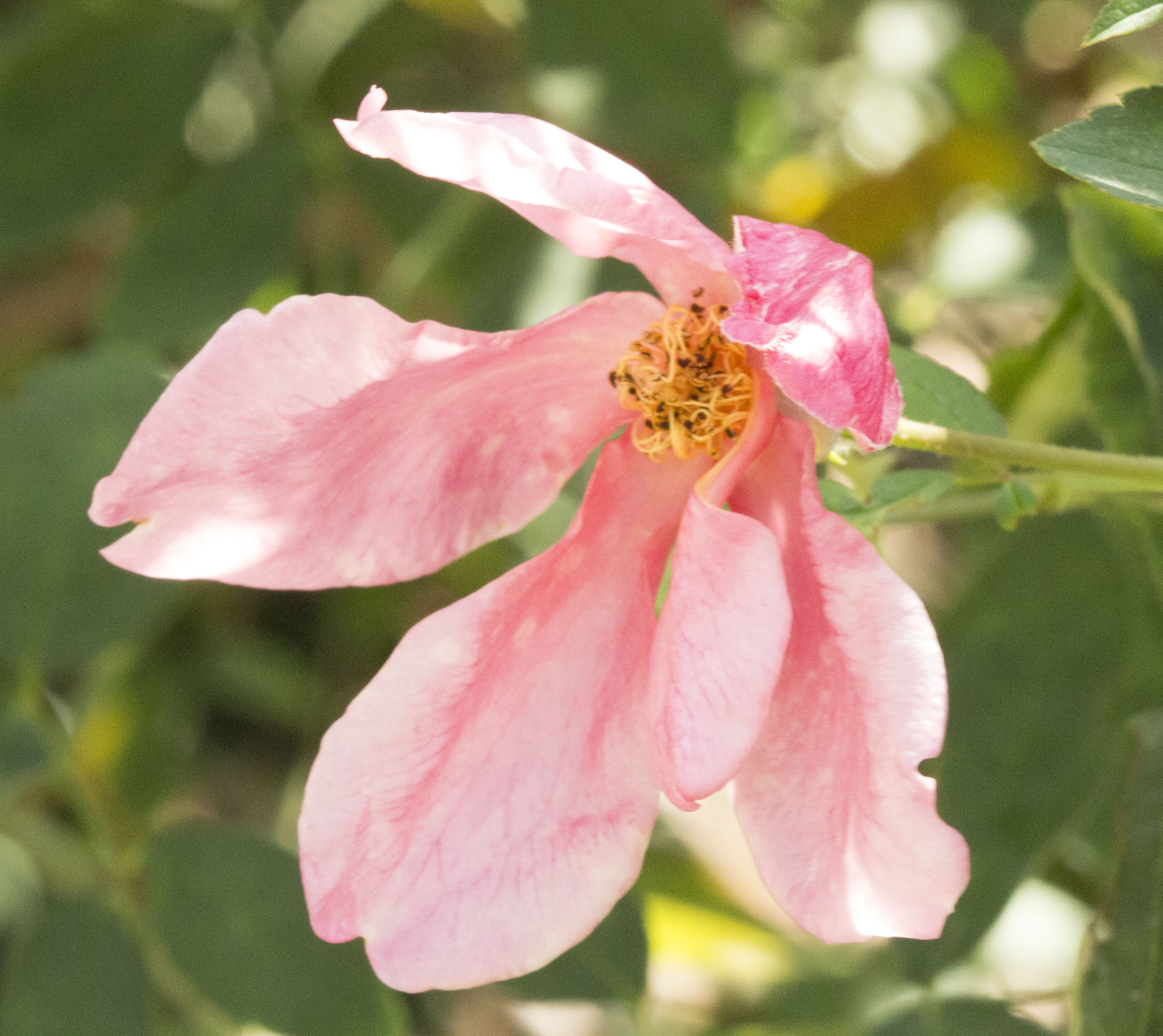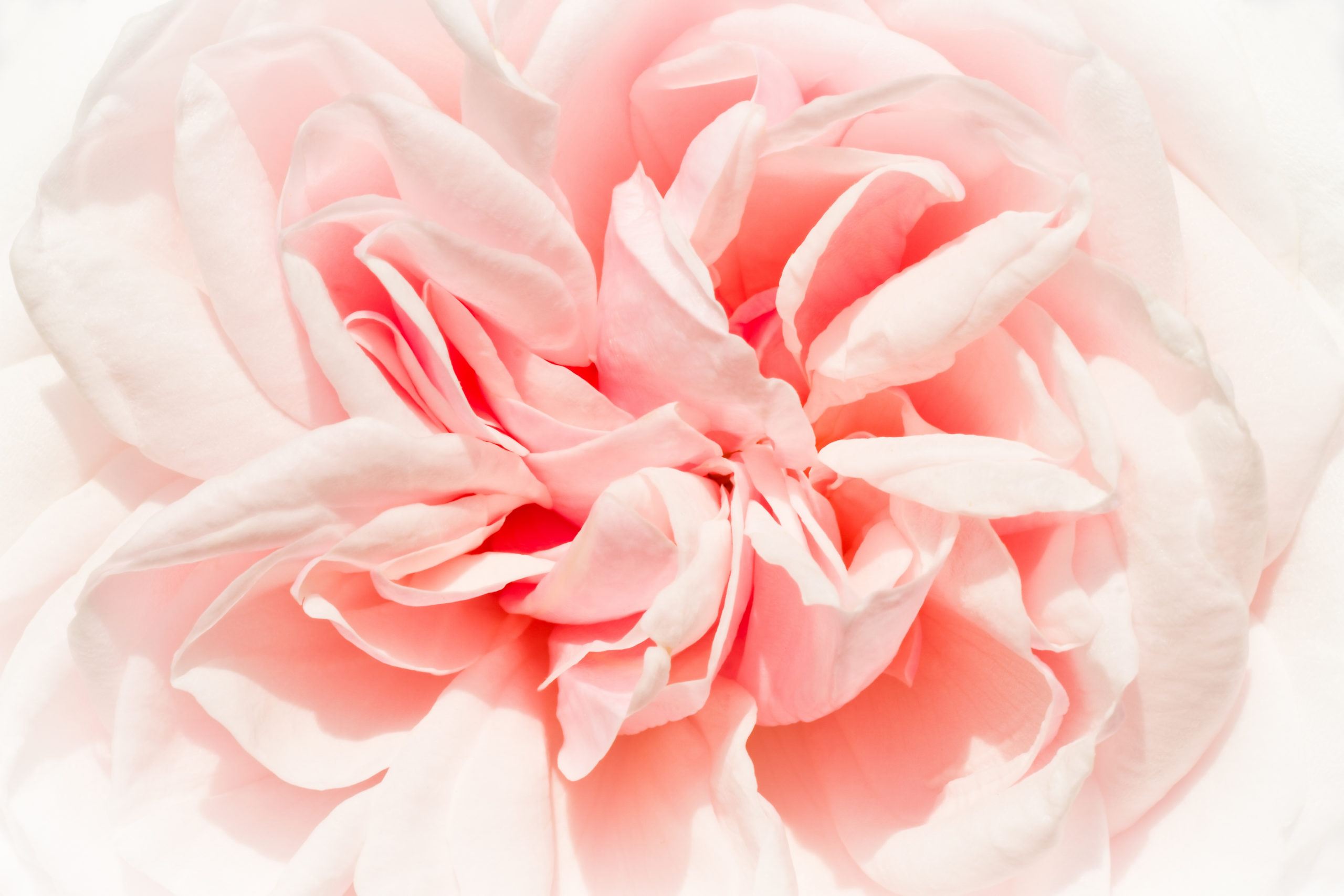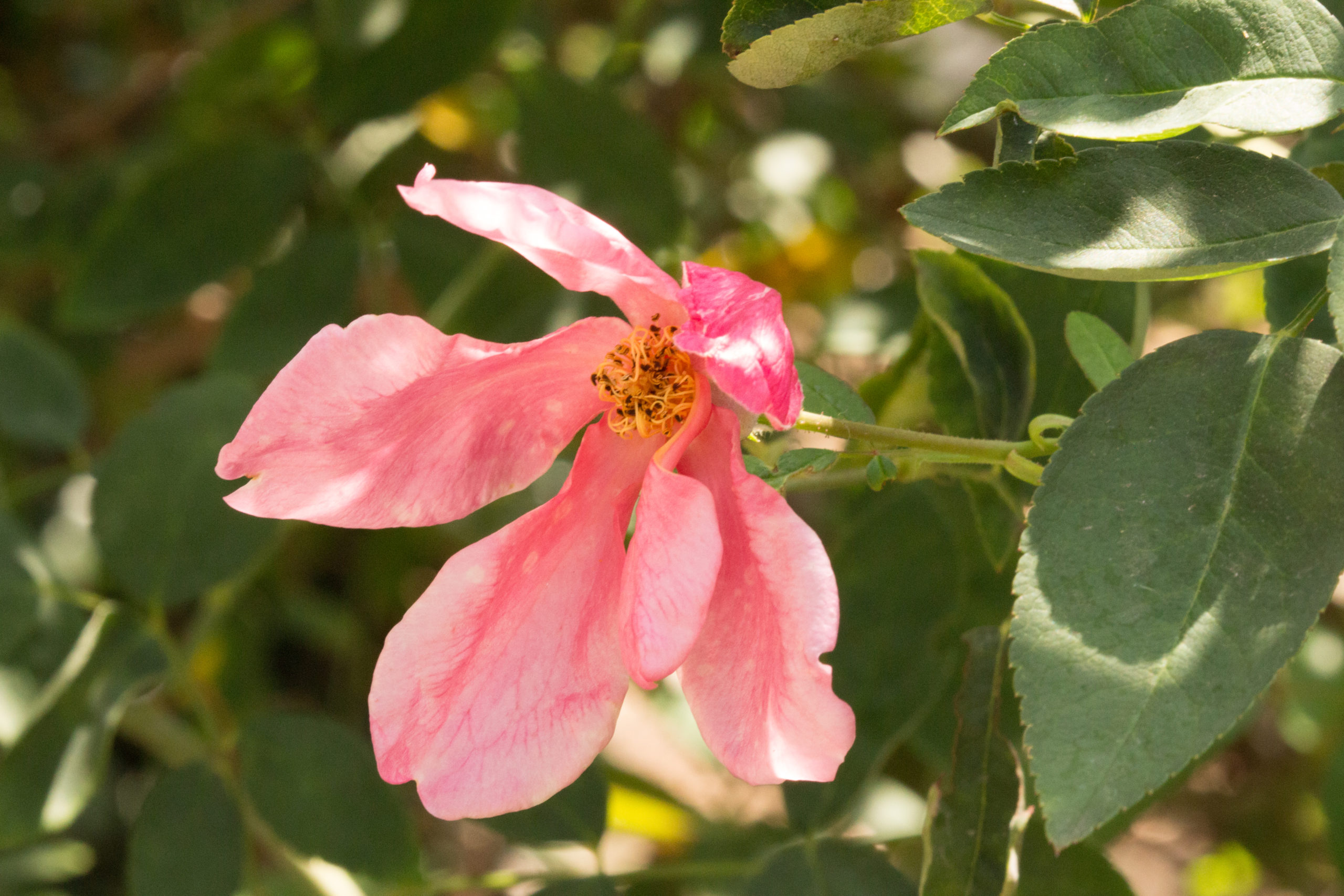GardenZeus Recommendations for Old Garden Rose Varieties in California Zone 14
June 28, 2016
Author: Ann Clary
GardenZeus Southern California / Organic Gardening: Flowers and Ornamentals / Queen of the Garden: Growing Roses in California / The Mighty Garden Archive

Old garden roses, also known as “heritage roses” or “antique roses,” are a relatively unfamiliar but excellent choice for landscape plantings in your zone. By definition, old garden roses predate 1867 (the year that La France, the first Hybrid Tea rose, was introduced). They produce unequaled mass displays of beautiful and often fragrant blooms, and can be surprisingly drought-tolerant, heat-tolerant, and reliable in your zone. Although many old garden roses bloom only once per year, generally in spring or early summer, they may produce significantly more flowers in that single bloom than other roses that bloom throughout the year. Try at least one old garden rose; you may just discover a new favorite.
- Souvenir de la Malmaison (Bourbon, 1843) is widely considered one of the most beautiful old roses, and is one of the most interesting and storied rose varieties. It is thought to have its “roots” in the garden of Chateau de Malmaison, the home of Josephine and Napoleon Bonaparte, where Josephine developed a collection of over 250 roses. Originally known as ‘Queen of Beauty and Fragrance,’ this rose received its current name when one of the Grand Dukes of Russia obtained a specimen from the gardens at Chateau de Malmaison in France for the Imperial Garden in St. Petersburg. Its very-pale-pink blooms with rose shading at center first emerge as cupped buds and open to flat quartered very-full rosette blooms. Extravagantly fragrant. Although it has a reputation for being susceptible to mildew and blackspot, with reasonable care it tends to remain mostly disease-free in your zone. This historic variety richly repays the efforts of cultivation. Repeat bloomer. Remains compact and bushy to about 3 feet by 4 feet.
- Louise Odier (Bourbon Margottin, 1851) is one of the most popular and reliable of the repeat-blooming old roses. It performs best in your zone with partial shade. Louise Odier is vigorous with bushy growth, thick prickly stems, and average disease resistance. In your zone it can be trained as a short climber. The lovely warm-rose-pink blossoms make excellent cut flowers. They are beautifully formed, cupped at first, opening flatter-and-neatly-rounded into fully-double 3-to-4-inch camellia-shaped flowers. Louise Odier repeats frequently and abundantly throughout the summer. The fragrance is an exquisitely rich true rose perfume.
- Mutabilis (Rosa chinensis ‘Mutabilis’, pre-1894) is originally from China. It is called “the Butterfly Rose” because of its unusual flowers which change color and darken with age; the single petals open yellow, then change to orange, to rich dark pink, and finally to crimson. The rosebush may be covered in all these colors at one time, appearing as if a group of multi-colored butterflies has settled on the bush. Plant growth is open and well branched, easily reaching 6 feet by 6 feet. Mutabilis can also be pruned to form a spectacular rose tree up to 10 feet in height, or it can be trained as an espalier. New growth is bronze. Mutabilis is susceptible to mildew and black spot; remove diseased foliage before it infects either robust new growth or adjacent roses. It has little fragrance but can bloom every month of the year in your zone.
- Queen of Denmark (Alba, 1826) has the dubious distinction of being the first rose subject to a lawsuit: its breeder, John Booth, was falsely charged with selling an existing rose under a new name. The exquisite 3 inch flowers have dark pink centers fading to soft pink at the edges, flat rosette shapes and button eyes. Gardeners who want to maximize color in the landscape will want to place Queen of Denmark with care: take advantage of its massive spring color display but place reblooming plants around it as Queen of Denmark blooms only once per year. Flowers are borne in heavy clusters on a heat tolerant, thorny-stemmed shrub that reaches 6 feet by 6 feet. Attractive green foliage. Its strong old rose scent is why many gardeners choose to grow old garden roses.
- Charles de Mills (Gallica, 1786) is an ideal old garden rose for cooler gardens closer to the coast; this beautiful rose tolerates moist weather and has extremely good disease resistance. The 4 inch rich crimson flowers take on a hint of purple with age. Very full quartered blooms with closely packed petals appear very flat. Charles de Mills produces a special display of spring color, but blooms only once. The bush is attractive and upright, reaching 5 feet by 4 feet, but may benefit from some support. Light rose fragrance.
- Rosa Rugosa (Rugosa Species. first introduced into North America in 1845 from Japan and China, where it has been cultivated for centuries) has bright magenta-edged single flowers with wrinkled petals and yellow stamens. As the season progresses, ripe red hips, an inch or more in diameter, appear on the shrub at the same time as the flowers and are ideal for making rose hip tea. Its leaves are “rugose”— Latin for wrinkled. The bright green, wrinkled leaves typically turn golden yellow before falling at the end of the season. Rosa Rugosa is one of the few naturally repeat flowering species roses, with the main flush in the spring. It is a vigorous plant in many ways: it is a suckering shrub, developing new plants from the roots, and it forms dense thickets. It can reach 7 feet by 7 feet, making it an excellent choice for a large barrier hedge. Gardeners will want to have a pair of thick, sturdy garden gloves to handle the stems covered in long prickles. Choose Rosa Rugosa for a difficult location as it can grow where other roses cannot, such as in clay soils, highly composted slightly acidic soils, and cool shady areas. It is also extremely tolerant of seaside salt spray, wind and drought. Rosa Rugosa dislikes pruning and chemical pesticides. Disease resistant. Extremely strong old rose fragrance.

